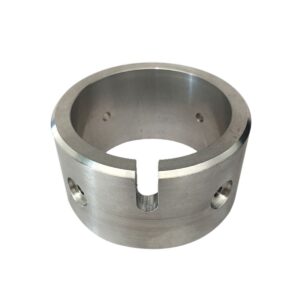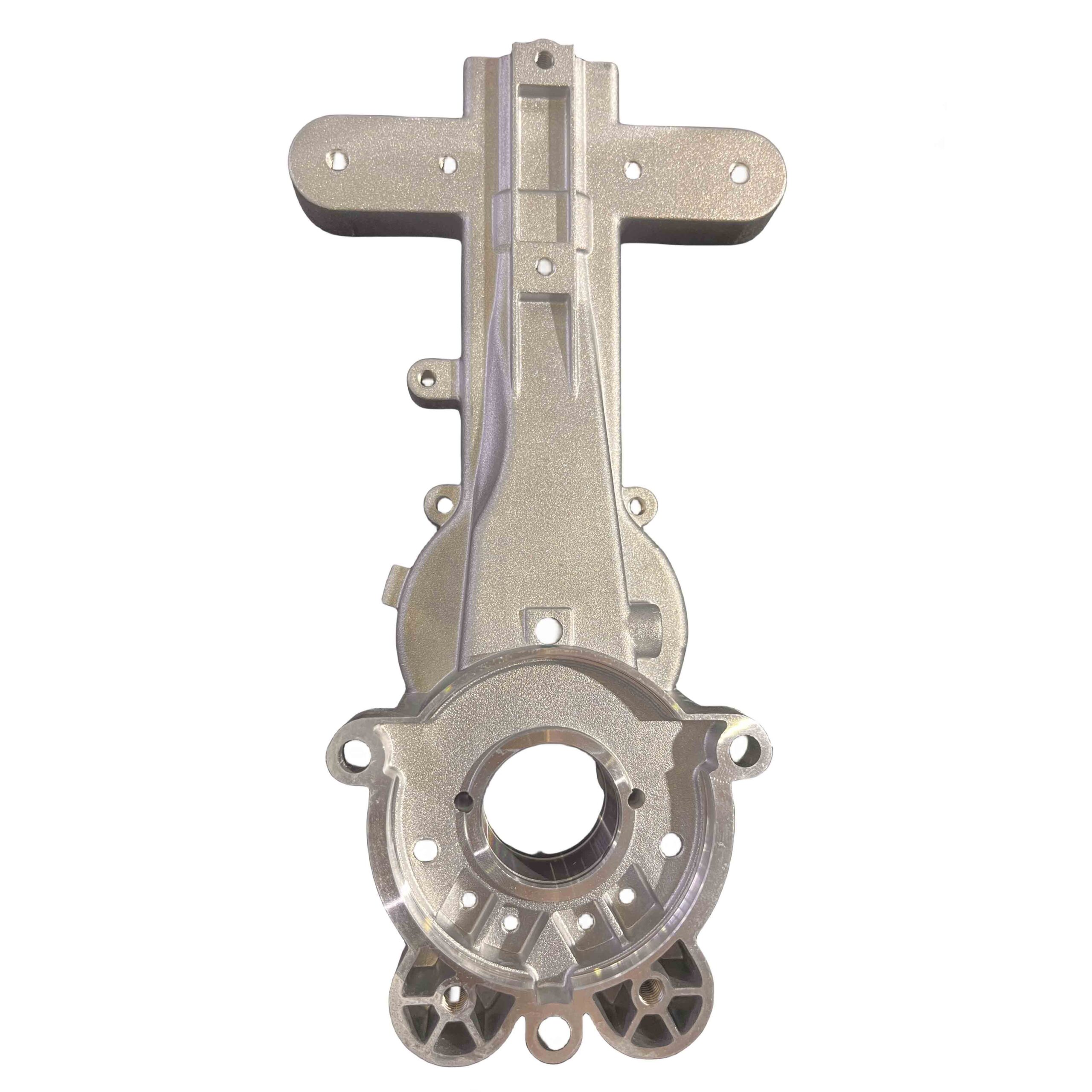316 grade is the second-most common form of stainless steel. It has almost the same physical and mechanical properties as 304 stainless steel, and contains a similar material make-up. The key difference is that 316 stainless steel incorporates about 2 to 3 percent molybdenum. The addition increases corrosion resistance, particularly against chlorides and other industrial solvents.
316 stainless steel has additional molybdenum that gives it resistance to chlorides and other processing chemicals.
316 stainless steel is commonly used in many industrial applications involving processing chemicals, as well as high-saline environments such as coastal regions and outdoor areas where de-icing salts are common. Due to its non-reactive qualities, 316 stainless steel is also used in the manufacture of medical surgical instruments.
Alternative 300-series grades can contain up to 7 percent molybdenum. They provide even better chloride resistance, but such heavy-duty resistance is only necessary in industrial or high concentration exposure conditions.






